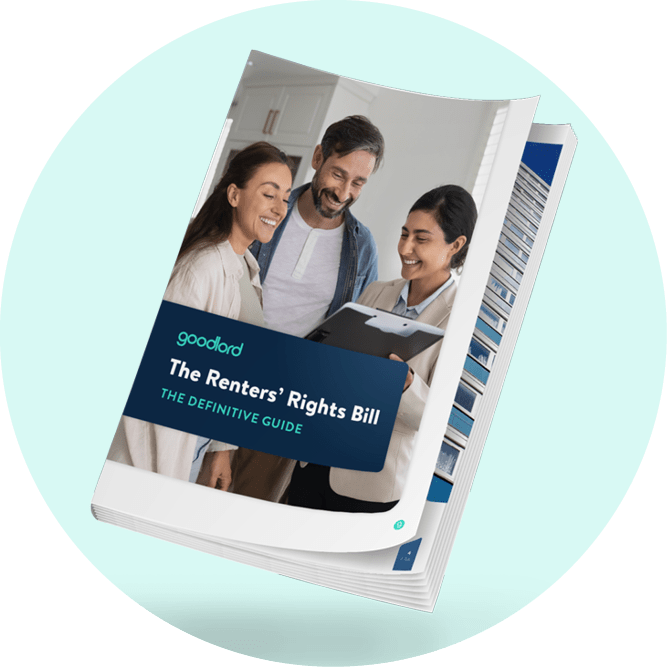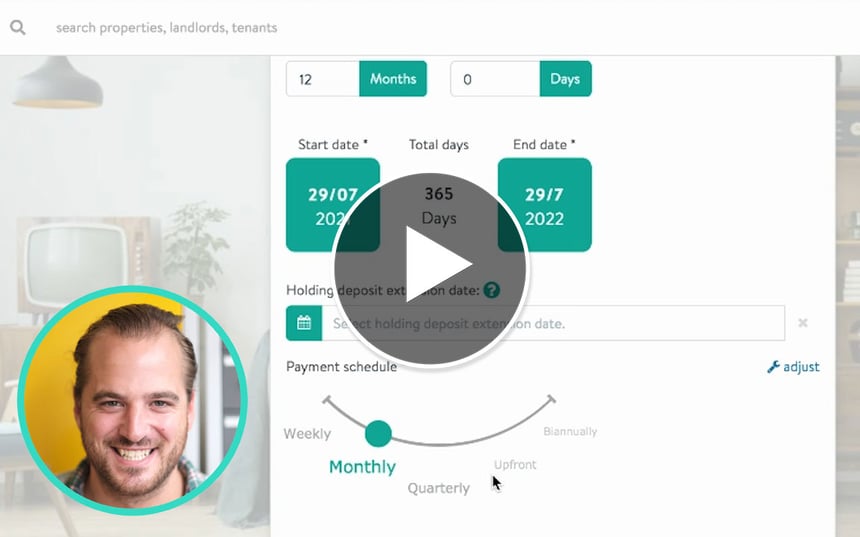Your guide to the new regulations for Electrical Safety Standards
The Electrical Safety Standards in the Private Rented Sector (England) Regulations 2020 came into force on 1 June 2020 and require five-yearly inspections of electrical installations and inspection reports to be supplied to tenants.
The Electrical Safety Standards in the Private Rented Sector (England) Regulations 2020 came into force on 1 June 2020. The new electrical regulations have applied to new tenancies from 1 July 2020 and to existing tenancies from 1 April 2021.
Landlords must have the electrical installations in their properties inspected and tested by a person who is “qualified and competent”, at least every five years. Landlords have to provide a copy of the electrical safety report to their tenants, and to their local authority if requested. Breaches of the new electrical regulations could result in financial penalties of up to £30,000.
This guide to electrical safety legislation covers:
- Which tenancies are included under the regulations?
- What are the legal obligations of landlords under the regulations?
- What's involved in the electrical safety inspections?
- Who can conduct electrical safety inspections?
- What's included in the electrical installation report?
- What are the rules for remedial work?

Which tenancies are included under the regulations?
The new electrical safety regulations will apply to new tenancies from 1 July 2020 and to existing tenancies from 1 April 2021, including assured shorthold tenancies, houses in multiple occupation (HMOs) and licences to occupy.
Exceptions to the regulations include social housing, lodgers, those on a long lease of seven years or more, student halls of residence, hostels and refuges, care homes, hospitals and hospices, and other accommodation relating to healthcare provisions.
What are the legal obligations of landlords under the regulations?
Landlords have a legal obligation to make sure the electrical installations in their rented properties are safe. Under the regulations, they must:
- Ensure that national standards for electrical safety regulations are met, which are set out in the 18th edition of the "Wiring Regulations’"
- Ensure that electrical installations in their rented properties are inspected and tested by a qualified and competent person at least every five years.
- Obtain a report from the person conducting the inspection and test which gives the results and sets a date for the next inspection and test.
- Supply a copy of this report to the existing tenant within 28 days of the inspection and test, new tenants before they move into the premises and any prospective tenant within 28 days of receiving a request for the report.
- Supply the local authority with a copy of this report within seven days of receiving a request for a copy.
- Retain a copy of the report to give to the inspector and tester who will undertake the next inspection and test.
- Where the report shows that remedial or further investigative work is necessary, complete this work within 28 days or any shorter period if specified as necessary in the report.
- Supply written confirmation of the completion of the remedial works from the electrician to the tenant and the local authority within 28 days of completion.
What's involved in the electrical safety inspections?
Inspections will test the "fixed" electrical parts of the property, like the wiring, the socket-outlets (plug sockets), the light fittings and the fuse box will be inspected. This includes permanently connected equipment such as showers and extractors.
The regulations do not cover electrical appliances, only the fixed electrical installations. The inspector will check whether:
- any electrical installations are overloaded
- there are any potential electric shock risks and fire hazards
- there is any defective electrical work
- there is a lack of earthing or bonding – these are 2 ways of preventing electrical shocks that are built into electrical installations.
Who can conduct electrical safety inspections?
Inspections must be carried out by a person who is “qualified and competent”. Landlords can ensure a person is qualified and competent by:
- checking whether the inspector is a member of a competent person scheme; or
- requiring the inspector to sign a checklist certifying their competence, including their experience, whether they have adequate insurance and hold a qualification covering the current version of the new Wiring Regulations and the periodic inspection, testing and certification of electrical installations.
What's included in the electrical installation report?
The report - usually an Electrical Installation Condition Report or EICR - will show whether the electrical installation is safe for continued use.
If the report doesn’t require investigative or remedial work, the landlord won’t need to carry out any further work.
Inspectors will use the following classification codes to indicate where a landlord must undertake remedial work:
- Code 1 (C1): Danger present. Risk of injury. The electrical inspector may make any C1 hazards safe before leaving the property.
- Code 2 (C2): Potentially dangerous.
- Further Investigation (FI): Further investigation required without delay.
- Code 3 (C3): Improvement recommended. Further remedial work is not required for the report to be deemed satisfactory.
If the report shows that remedial work or further investigation is required to meet EICR regulations, landlords must complete this work within 28 days or any shorter period if specified in the report.
What are the rules for remedial work?
If the report shows that remedial work or further investigation is required, as set out above, landlords must complete this work within 28 days or any shorter period if specified as necessary in the report.
Landlords must then provide written confirmation that the work has been carried out to their tenant and to the local authority within 28 days.
This article is intended as a guide only and is based on the government’s guidance on electrical safety standards in the private rented sector. It should not be considered legal advice. For more information, please refer to gov.uk.
Want the latest lettings new delivered straight to your inbox every week? Sign up to our mailing list and stay up to date.











